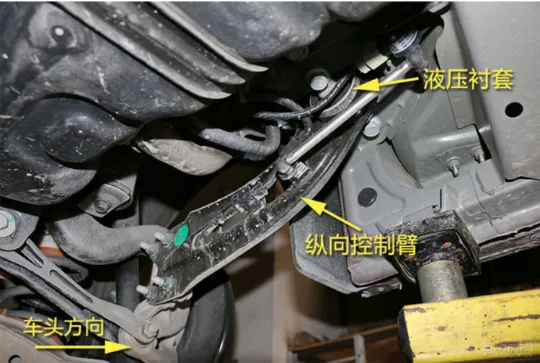solar panel watts per square foot
Understanding Solar Panel Watts per Square Foot
As the world transitions towards more sustainable energy sources, solar power has emerged as one of the most viable and widely adopted alternatives. One of the critical metrics for evaluating solar panels is their efficiency, which is often measured in watts per square foot. This measurement provides insight into how much energy can be produced relative to the area covered by the panels, making it an essential consideration for homeowners, businesses, and energy policymakers alike.
What Are Watts per Square Foot?
Watts per square foot refers to the amount of electrical power (in watts) that can be generated by a solar panel over a given area (in square feet). This figure directly relates to the efficiency of the solar technology used, as well as the amount of sunlight the panels can capture. Higher watts per square foot indicates a more efficient solar panel, meaning it can produce more energy from a smaller footprint.
Factors Affecting Watts per Square Foot
Several factors influence the watts per square foot produced by solar panels
1. Type of Solar Cells Different types of solar cells, such as monocrystalline, polycrystalline, and thin-film, have varying levels of efficiency. Monocrystalline panels typically offer the highest efficiency, around 15% to 22%, while polycrystalline panels usually fall between 13% and 16%. Thin-film panels usually have lower efficiency, around 10% to 12%.
2. Sunlight Exposure The geographic location and orientation of the solar panel installation significantly impact energy production. Areas receiving more sunlight can generate more watts per square foot. Thus, solar installations in sunny regions can maximize energy output compared to those in less sunny climates.
solar panel watts per square foot

3. Panel Design The physical design of solar panels, such as their coating and surface texture, can enhance their ability to capture sunlight. Some panels are designed to reduce glare and reflectivity, allowing them to absorb more sunlight, thereby increasing their efficiency.
4. Tilt and Orientation The angle at which solar panels are installed can also influence their energy output. Panels that are properly tilted towards the sun can capture more light throughout the day, which increases their overall watts per square foot.
Implications for Solar Users
Understanding the watts per square foot can help solar users make informed decisions regarding their installations. For instance, homeowners with limited roof space may prefer high-efficiency panels that provide maximum energy output per square foot. On the other hand, those with expansive rooftop areas may opt for more cost-effective options, even if they yield slightly lower watts per square foot.
Solar panel systems with higher watts per square foot can also lead to quicker returns on investment, as they produce more energy and can offset electricity costs more effectively. Furthermore, these panels can enhance the property’s value while contributing to a greener planet.
Conclusion
The concept of watts per square foot is a crucial element in the evaluation of solar panel efficiency and effectiveness. By understanding this measurement, stakeholders can optimize their solar energy systems to meet their needs and preferences. As technology continues to advance, we can expect further improvements in the efficiency of solar panels, making solar energy an even more attractive solution for sustainable power generation. Investing in solar energy not only helps to reduce reliance on fossil fuels but also promotes a cleaner, greener environment for future generations.
-
Understanding the Advantages of Solar String Inverters for Your Energy SystemNewsApr.29,2025
-
Choosing the Right PV Inverter: A Comprehensive GuideNewsApr.29,2025
-
The Future of Solar Power: Exploring Bifacial Solar PanelsNewsApr.29,2025
-
The Complete Guide to Solar Panels: Efficiency, Cost, And InstallationNewsApr.29,2025
-
The Best Options for Efficiency and Cost-EffectivenessNewsApr.29,2025
-
Harnessing the Power of Off-Grid Solar Inverters for Energy IndependenceNewsApr.29,2025







